K2 winter 2020-2021. Interview with Sergi Mingote, co-leader of the Seven Summits Trecks expedition.
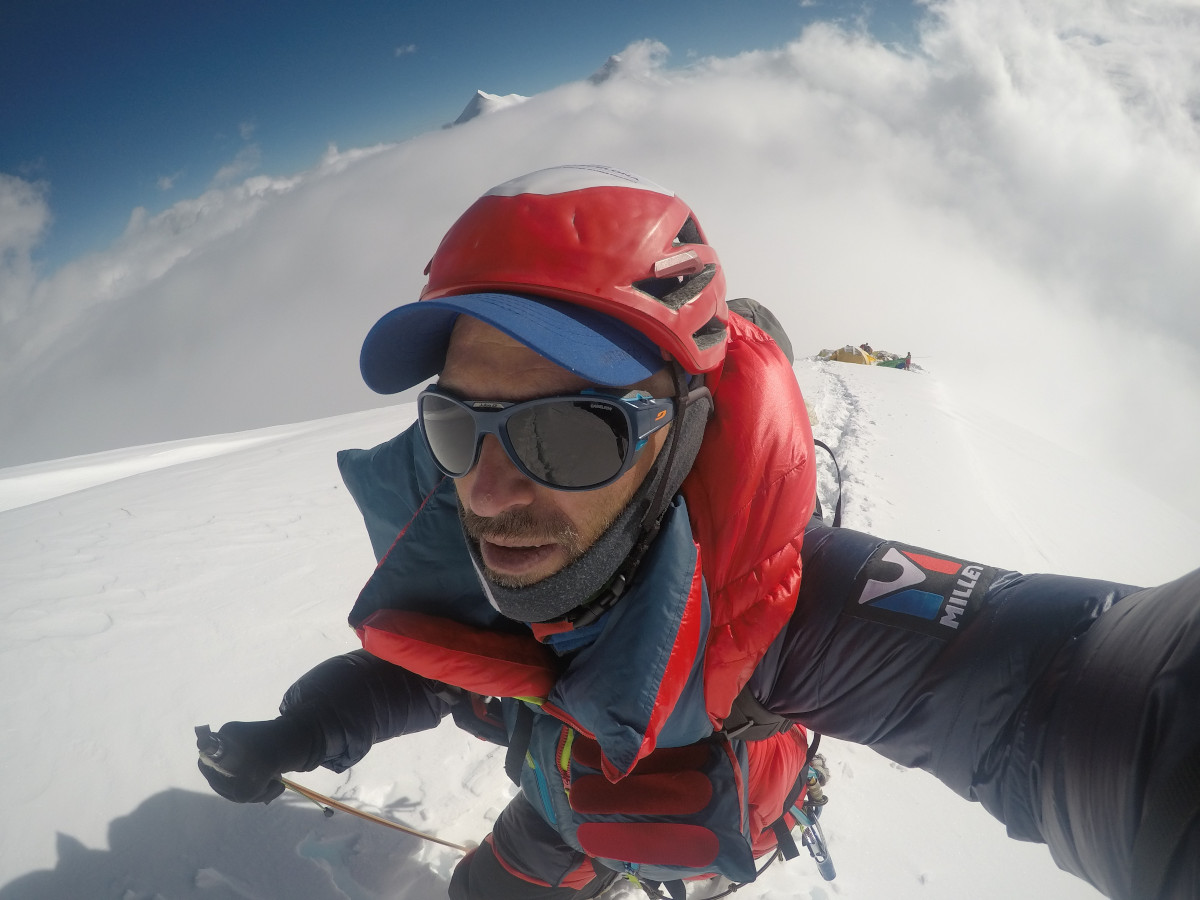
Last October we learned that Sergi Mingotewill be the mountaineer who will lead the winter expedition to K2 of the Nepalese agency Seven Summits Trecks. Sergi is one of the fittest climbers at the moment and has the most experience in eight-thousanders. He also knows the K2, which he climbed in July 2018, a week after the Broad Peak, as part of the 14×1000 challenge to climb the 14 eight-thousanders without oxygen in a record time of 1,000 days.
K2 is the only eight-thousander that has not been climbed in winter. to date and is likely to be the Himalayanism's greatest challenge current. If successful, it would close a circle in winter expeditions, 40 years after the first ascent of Everest was achieved.
We would like to thank Sergi Mingote for answering our call. We found him about to leave for Benasque, focused on 100% these days with the training and the last preparations of the expedition.
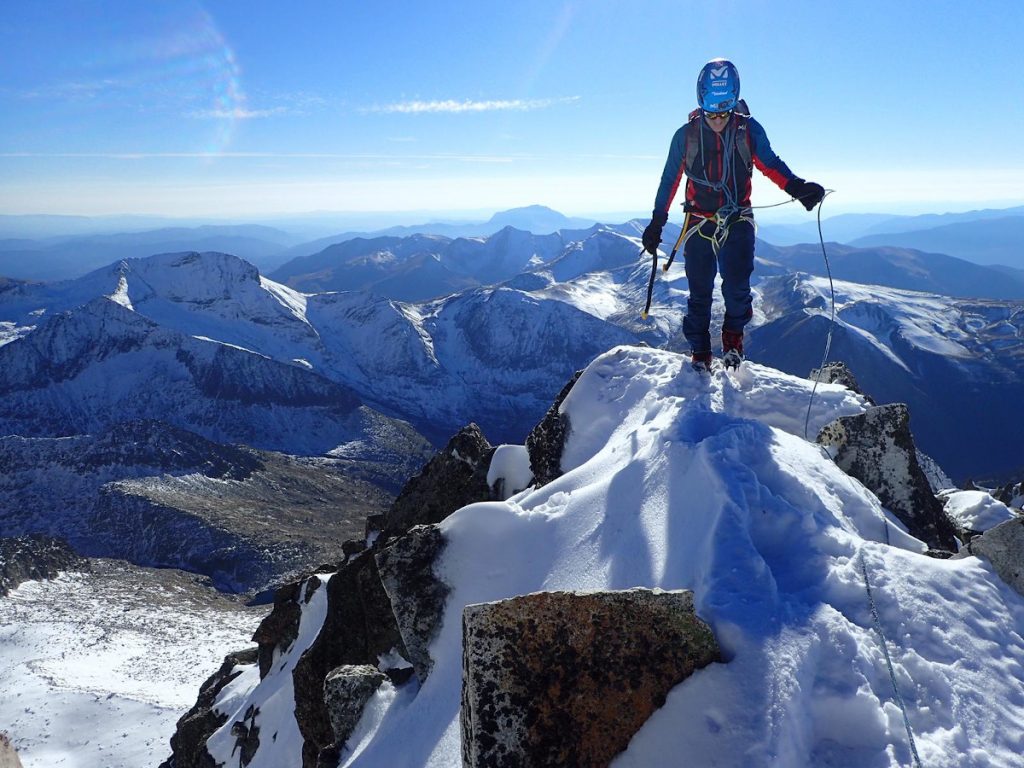
In previous days we have seen you on social networks training in the Pyrenees, in the area of Ulldeter. How are you feeling?
The truth is that I feel very good, considering the year we've had. Luckily I was able to do a very physically demanding project like the Olympic Route* and that has given me a very good base for now. Also, for me the mental side of each challenge is very important, and in this project I'm very motivated and excited.
*Olympic Route: 7,200 kilometres of cycling across Europe, climbing 14 iconic peaks.
Before accepting this expedition you already knew the people of Seven Summits Trecks, Dawa Sherpa, the expedition leader, and others. How did they contact you to lead the group of climbers up there? A great responsibility, in a group made up of 10 Himalayans of 9 nationalities and 15 Sherpas.
Yes, my relationship with Dawa, Tashi, Mingma and the different people in charge of Seven Summit goes back a long way, and that creates a lot of trust between us. For me it was a real honour that they thought of me to collaborate with Dawa in co-leading the expedition. It is a great responsibility, but at the same time a great challenge, from which I am convinced I will learn and contribute in equal measure.
By the way, I'll let you know what's new. There are now 20 climbers and 25 Sherpas in the complete team that will fly to Islamabad, and that is great news, as we will have more legs to work with!
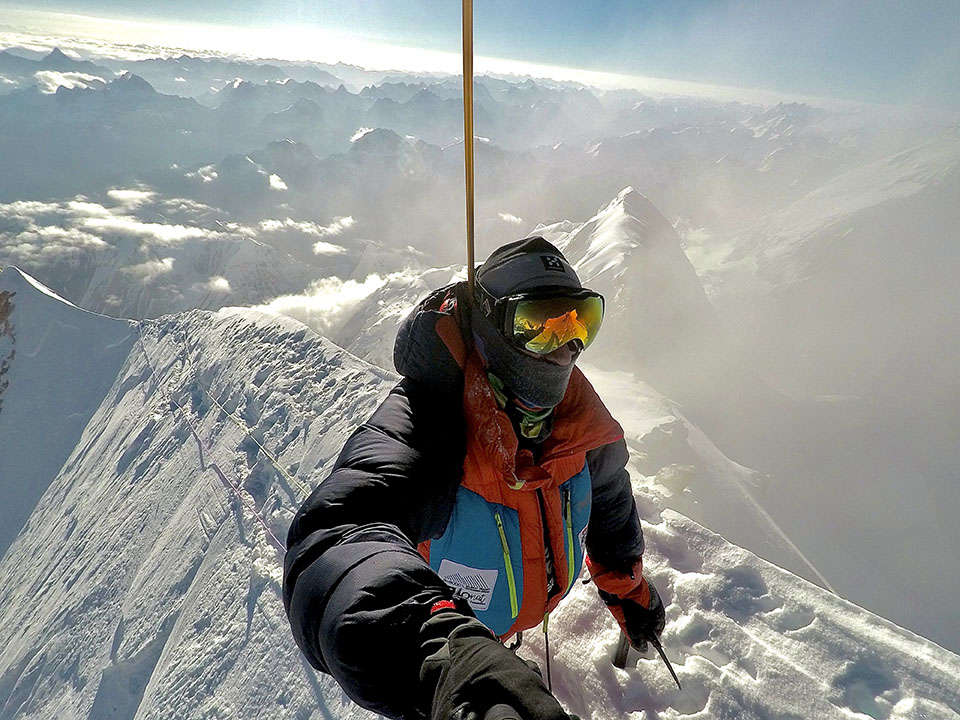
It is known that Alex Txikon's attempt in 2019 did not go well with the other expedition attempting K2 that year, the Russian-Kazakh-Kyrgyz expedition. For this winter, in addition to your expedition, the presence of another expedition is at least confirmed, in which Ali Sadpara and John Snorri will participate. In this respect, it will be important that there is a good working relationship from the very beginning. You have a good relationship with Ali Sadpara, you already met Ali and Dawa on K2 in 2018, so I imagine that makes things a lot easier.
No doubt about it. A good relationship is fundamental for a challenge of this kind. We have already been talking to Ali Shadpara, and we have a very good relationship, as a result of our ascents together on Lhotse, Nanga Parbat and other mountains. I think it is key that all of us who share a base camp on K2 are rowing in the same direction. If we don't, it will be very difficult to climb this great giant.
You already know the K2 you climbed in 2008 via the Abruzzo spur, the same route you will try to climb this time in winter, but this time the mountain will be a new one, what will be different this time?
Uffff....sera different almost everything. The only thing that is the same is the route, but the temperatures, the intensity of the wind, the equipment, etc...everything is different.
I believe that K2 in winter is one of the great historic challenges of mountaineering, and I don't know if we will be the ones to reach the summit, but I would like us to be one more step, as previous expeditions have been, to help achieve this great dream. Maybe that will be for other generations, but we are going to try with a lot of respect and a lot of determination.

The extreme cold and wind will undoubtedly be decisive factors. You are an ambassador for Millet, which this year celebrates its 100th anniversary. I imagine that having a brand behind you that provides you with the best equipment is going to be fundamental.
That is one of the most important parts of my planning. The cold is going to be extreme, and with MILLET we are working on new materials and exclusive high altitude pieces for the extreme winter.
We have redesigned the TRILOGY MXP high altitude down suit, adding fur to the hood to keep the temperature in the head area down. We also added some pockets inside the suit to store cameras and batteries.
We have changed the design of the zip at the collar, to make it easier and more effective to protect and we have added extra feathers.
In the EVEREST SUMMIT GTX boots we have added a sole piece made from Primaloftto improve the protection of the interior and make it warmer.
We have also designed a new balaclava (BALACLAVA) with extra protection and a POWEROOL one-piece suit as a one-piece first layer.
The bottom line is that the brand has thrown itself into this project on its 100th anniversary, and as an ambassador I am very happy and grateful.
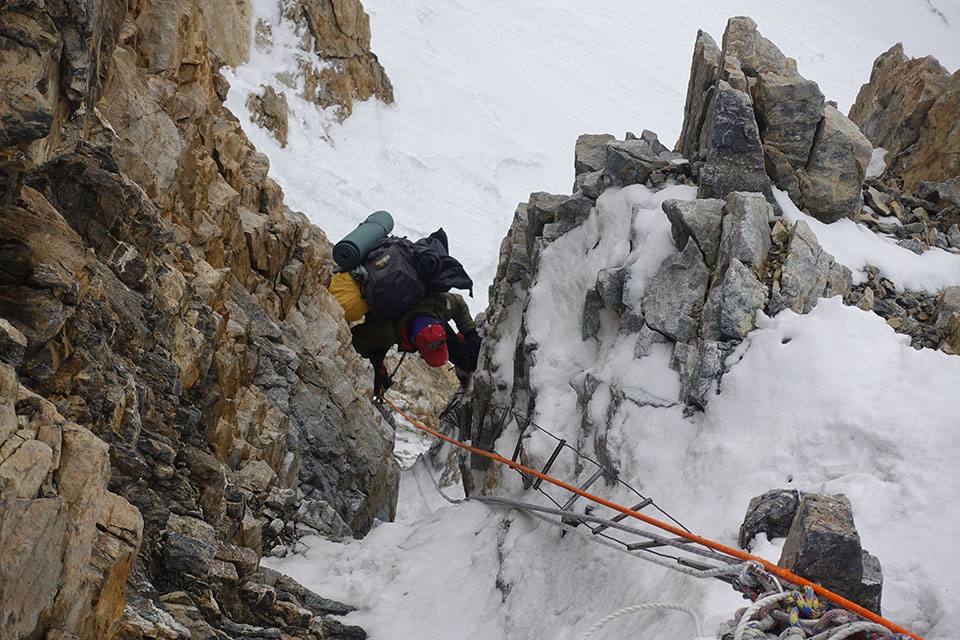
In an interview in Desnivel we read that you would be very strict about the dates, and that you were opting for a pure winter expedition, which refers to the climatological winter. This reduces the dates for equipping the mountain and also reduces the periods of "good weather".
Well, yes, but I think that winter is basically focused on the first two months of the year, which is when we want to work the mountain and try to climb as high as possible. That's our idea and that's how we have planned it.
On the subject of acclimatisation, earlier this year we saw you in Chile, climbing volcanoes over 6,000 metres in preparation for the Annapurna expedition, which unfortunately had to be cancelled due to the Covid issue. How are you approaching it this time?
This year everything is very complicated. In fact I am now planning the next few weeks in order to acclimatise a little before my departure and I am not ruling out installing a hypoxia chamber in my bedroom so that I can sleep this last month at 4000/5000 metres.
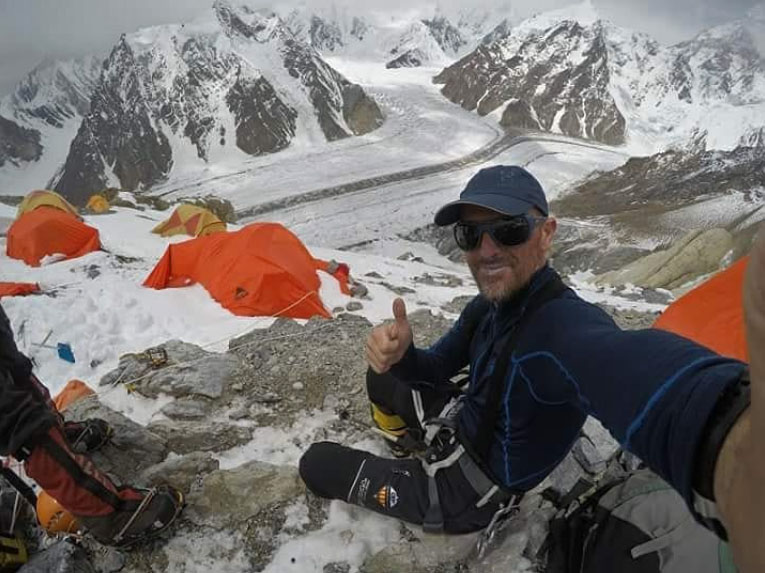
For you style is paramount and you have decided to do all your ascents without oxygen.
Yes, that's my style and that's how I feel most confident and motivated. I know that the chances of success are greatly reduced, and the risk of frostbite is much higher, but you have to feel comfortable with the "how" you do things, and for me that's important. Our expedition will use oxygen, in most of the components, and as usual at any time of the year, the Sherpas will also work with bottled oxygen. I think it is totally compatible for everyone to make the ascent as they see fit, and to suit their own style.
At the present time, communication is an important part of our lives, a source of inspiration for many people. Will there be a way to follow the expedition in real time, a film we can watch on the way back, maybe a new book?
No doubt about it. Nowadays this is essential and this expedition, which is generating great expectation, can be followed online. I will be carrying my GARMIN Inreach, which, through the RACETRACKER platform, will allow me to be followed minute by minute. The expedition will also be followed in a very special way by media such as DESNIVEL and EL CONFIDENCIAL, and when we return we will have both a documentary and a book. It is a historic project that deserves to be shared and that everyone who wants to can experience it up close.
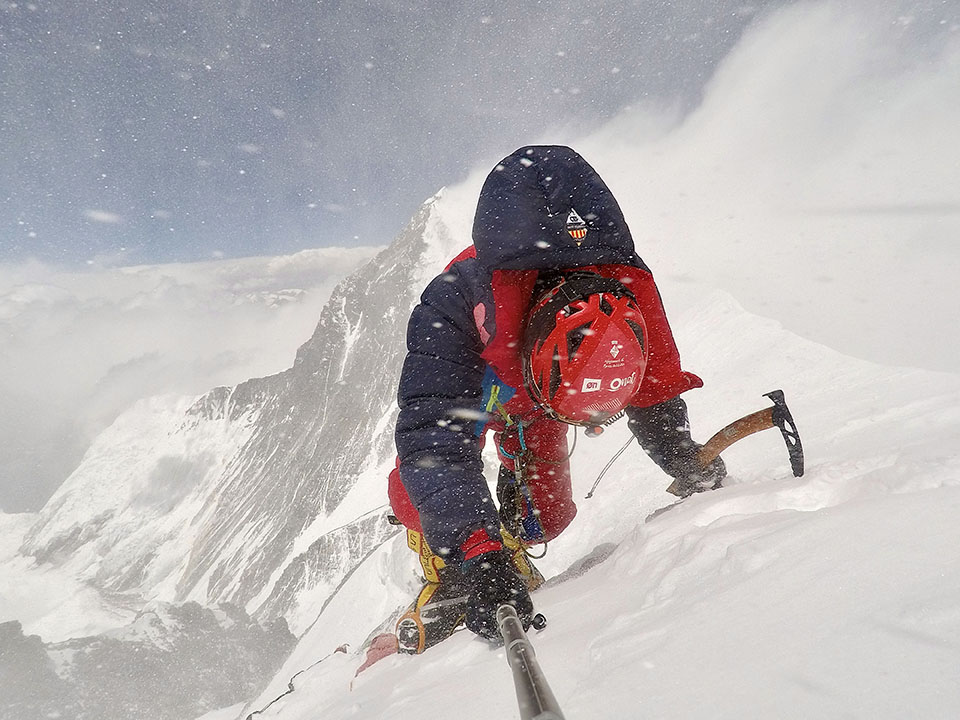
On the other hand, and finally, there will be a solidarity part of the expedition. The Onat Foundation is planning to bring 280kgs of warm clothes and shoes. What is the Onat Foundation?
For me this is a fundamental part of the expedition. I am now writing these lines from the ONAT Foundation (www.onatfoundation.eu) of which I have the honour of chairing. ONAT has been dedicated for some years now to the inclusion and help of vulnerable groups through sport. It is not the first time that it has collected basic necessities to be sent to people in other countries who need them, and I am proud to be able to do my bit.
This time we are working hand in hand with Carlos Garranzo, my partner in crime, and we have collected more than 300 kilos of material.
They will be able to spread out between the village of Kande, in the Bondit Valley, and also in the village of Hushe, thanks to our friend Ali Shadpara.
Fastpacking is not about going faster. It's about going lighter.
If you come from classic trekking, this is the next step: learning to move with less weight,
more fluid and enjoying every kilometre more.
Join the channel and start discovering what lightness feels like.
